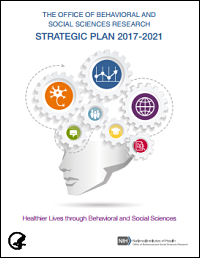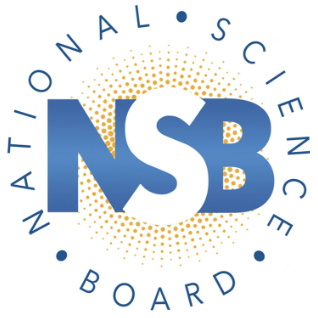NIH’s Social, Behavioral Office Releases New Strategic Plan
 With roughly one of every two deaths in the United States reckoned to have prematurely due to social or behavioral missteps by the deceased, the need to incorporate social science research into health policy is clear. Add to that the exponential increase in advances in neuroscience, genetics, and emerging so-called “omics” fields that are shown to impact the brain and behavior, and the thinking behind the new strategic plan released by the National Institutes of Health’s Office of Behavioral and Social Sciences Research.
With roughly one of every two deaths in the United States reckoned to have prematurely due to social or behavioral missteps by the deceased, the need to incorporate social science research into health policy is clear. Add to that the exponential increase in advances in neuroscience, genetics, and emerging so-called “omics” fields that are shown to impact the brain and behavior, and the thinking behind the new strategic plan released by the National Institutes of Health’s Office of Behavioral and Social Sciences Research.
“When the OBSSR was created” in 1995, wrote William T. Riley, the director of the office, in the preface to the new strategic plan, “it was not commonly accepted that behavioral and social factors were predominant influences of health. Today, this understanding is widely accepted, but our ability to modify these behavioral and social factors, and to maintain these changes over time with limited resources, remain critical challenges for the behavioral and social sciences.” He added that technological advances in the last decade “have transformed how we communicate and function, and have provided behavioral and social scientists with new tools to assess behavior and deliver scalable and adaptable interventions.”
In the 58-page plan, OBSSR lays out three general priorities:
- improving the synergy of basic and applied behavioral and social sciences research;
- enhancing and promoting the research infrastructure, methods, and measures needed to support a more cumulative and integrated approach to behavioral and social sciences research; and
- facilitating adoption of behavioral and social sciences research findings in health research and in practice.
OBSSR has identified four processes that underlie meeting these priorities. These include communicating research findings, evaluating the impact of research, coordinating social and behavioral research programs across the National Institute for Health, and training the next generation of researchers.
The office isn’t starting from scratch in ensuring social and behavioral science achieves synergy with broader NIH efforts. For example, there was the Basic Behavioral and Social Science Opportunity Network, which in its five years ending in 2014 demonstrated how behavioral processes influence the individuals and groups across 100 projects. Among current initiatives there is the Obesity-Related Behavioral Intervention Trials (ORBIT) Consortium and the Science of Behavior Change.
To download the full report, click here.

























































































